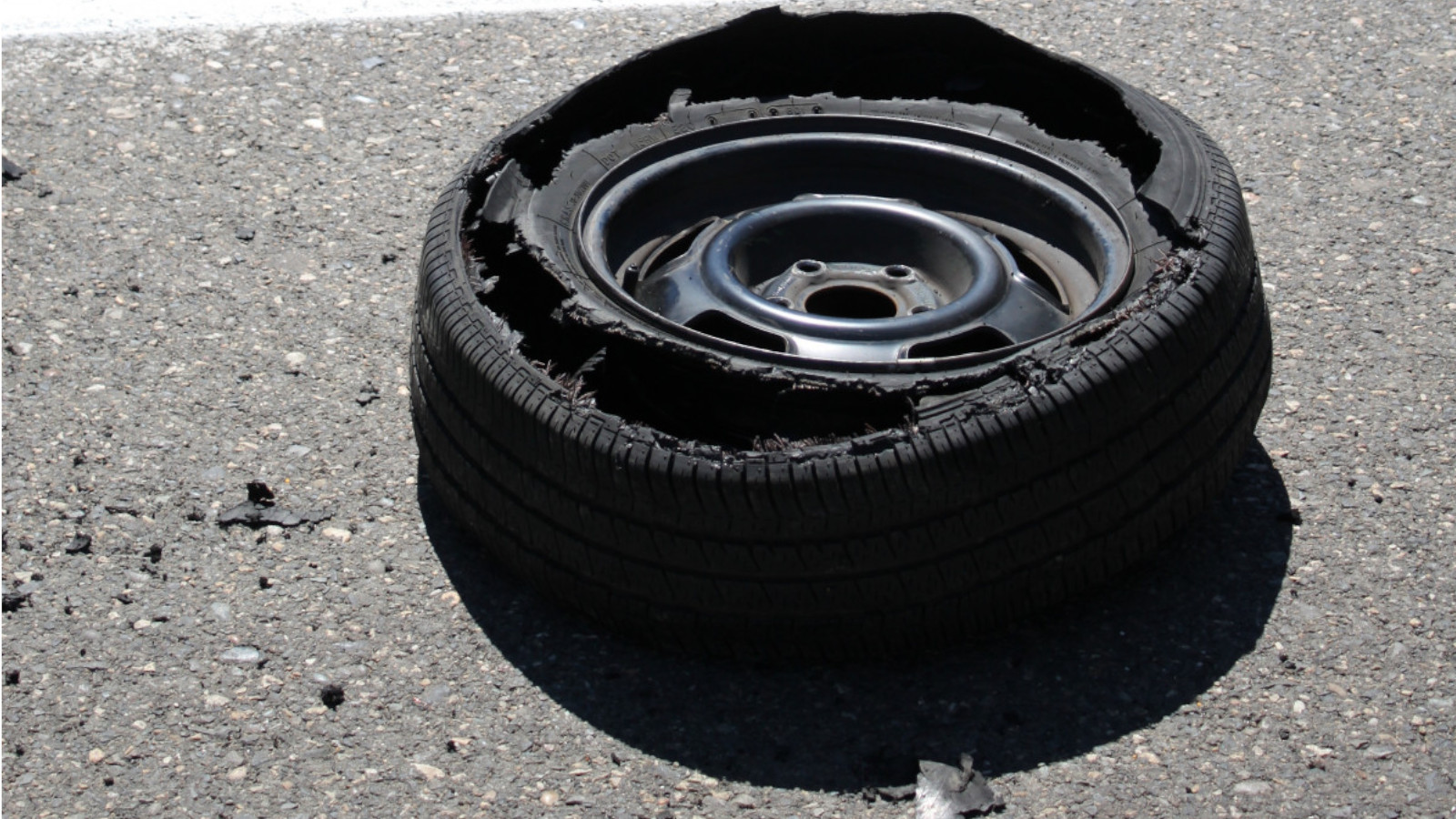
Bike pedals are a crucial component of any bicycle, and while they may seem simple, fitting and removing them can sometimes be a daunting task. Whether you’re a seasoned cyclist or a beginner, knowing how to properly fit and remove bike pedals is a skill that will come in handy when it’s time to replace worn-out pedals, perform maintenance, or transport your bike. In this guide, we’ll walk you through the steps for fitting and removing bike pedals with ease.
Why You Need to Know How to Fit and Remove Bike Pedals
Understanding how to fit and remove bike pedals is essential for several reasons:
-
Maintenance and Upgrades: Over time, pedals can wear out or you might want to upgrade to a different type of pedal. Knowing how to remove and install them is crucial for these scenarios.
-
Transportation: When transporting your bike, it’s often necessary to remove the pedals to save space and prevent damage.
-
Cleaning and Lubrication: Cleaning and lubricating the pedal threads can help prolong their lifespan. To do this, you’ll need to take them off the bike.
-
Emergency Repairs: If you experience a problem with your pedals while on a ride, knowing how to remove and replace them can save the day.
Tools You Will Need
Before you get started, gather the following tools:
-
Pedal Wrench: A pedal wrench is a long, thin wrench designed specifically for pedal removal. It provides more leverage and makes the job easier.
-
15mm Wrench: In some cases, you can use a regular 15mm open-end wrench instead of a pedal wrench.
-
Grease: A small amount of bicycle grease will help prevent corrosion and make installation easier.
Fitting New Pedals
-
Determine Left and Right Pedals: Most pedals are labeled as “L” for the left side and “R” for the right side. Make sure you know which pedal goes on which side.
-
Prepare the Threads: Apply a thin layer of grease to the threads of the pedal spindle. This will make installation smoother and prevent the pedals from seizing in the future.
-
Thread the Pedals: Start by hand-threading each pedal into the corresponding crank arm. Make sure you turn the left pedal counterclockwise and the right pedal clockwise to prevent cross-threading. Ensure they’re snug but not overly tight.
-
Use the Wrench: Once the pedals are hand-tightened, use your pedal wrench or 15mm wrench to further tighten them. The right pedal tightens clockwise, while the left pedal tightens counterclockwise. Apply enough force to make them secure but avoid over-tightening, as it can strip the threads.
Removing Old Pedals
-
Position the Bike: Position your bike so that it’s stable and won’t tip over when you apply force to the wrench.
-
Loosen the Pedals: Start with the right pedal (clockwise) by turning it counterclockwise using the pedal wrench. For the left pedal (counterclockwise), turn it clockwise. This may require significant force, so be prepared.
-
Use a Cheater Bar: If you’re having trouble, you can use a longer pipe or bar to extend the wrench for more leverage.
-
Unscrew Pedals Completely: Once the pedals are loose enough, you can finish removing them by hand.
-
Grease the New Pedals: Before installing new pedals, clean the threads on the crank arms and apply a small amount of grease to prevent corrosion and ensure a smooth fit.
Tips and Tricks
-
Check for the correct pedal size: Ensure that the new pedals you are fitting match the threads on your crank arms. The most common size is 9/16 inch, but some bikes may use a different size.
-
Regular Maintenance: Periodically check your pedal’s tightness to avoid them becoming loose during a ride.
-
Pedal Types: Be aware that there are different types of pedals, such as platform pedals, clipless pedals, and hybrid pedals. Installation methods may vary slightly for each type.
-
Safety: Be cautious when using force to remove or install pedals to prevent injury or damaging your bike.
Knowing how to fit and remove bike pedals is an essential skill for any cyclist. With the right tools and a basic understanding of the process, you can easily maintain, upgrade, and transport your bicycle without any hassle. Regular pedal maintenance will not only ensure your bike functions smoothly but also extend the life of this crucial component.
Discover more from Wheels Craze - Automotive News, EV News, Car News, Bike News
Subscribe to get the latest posts sent to your email.


